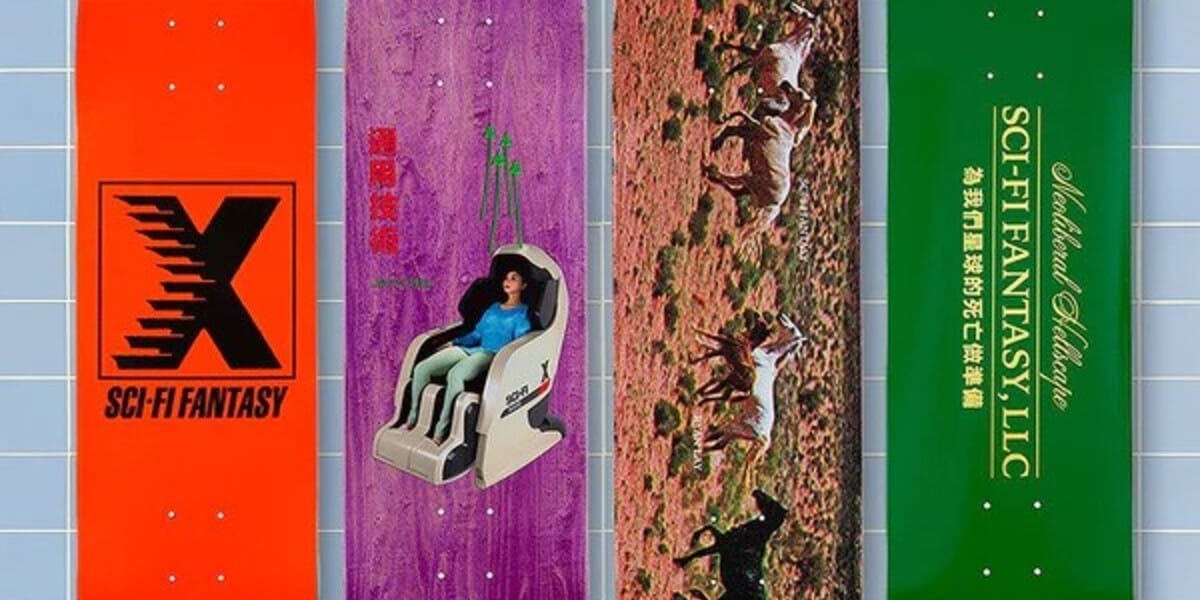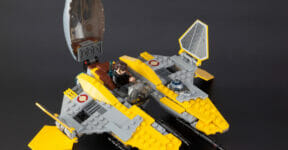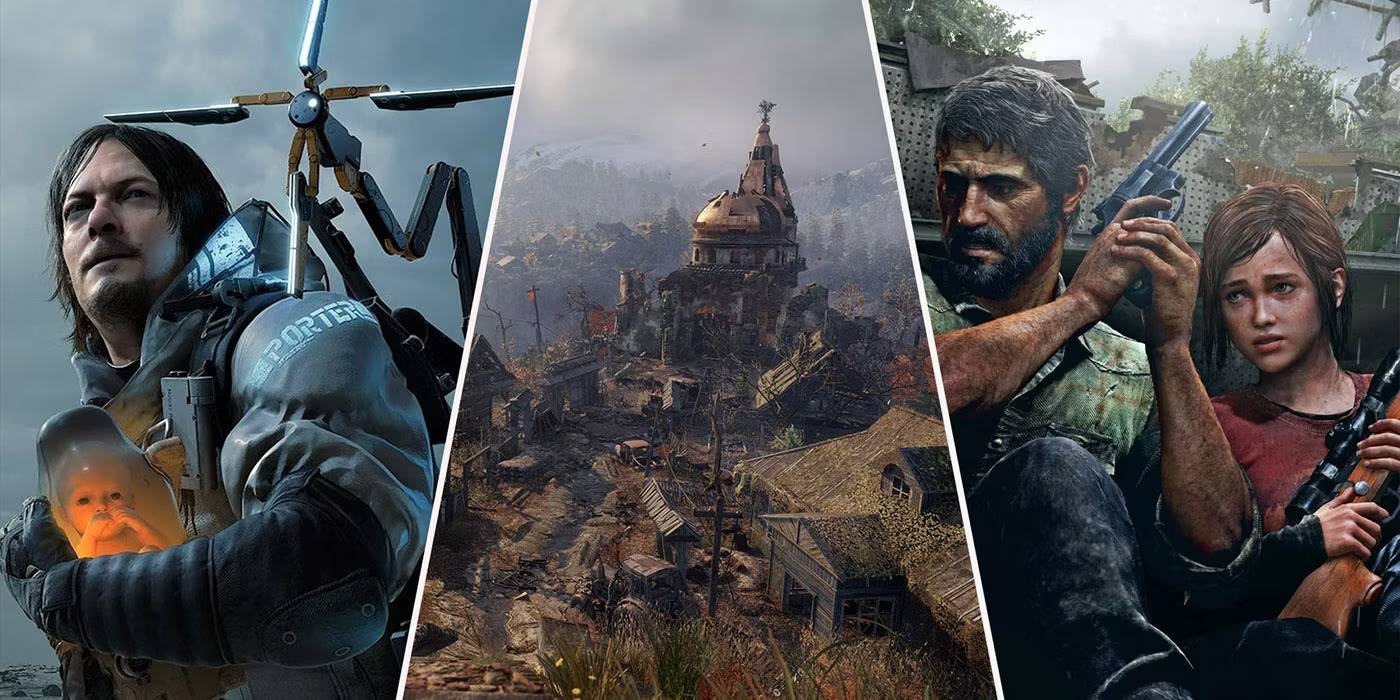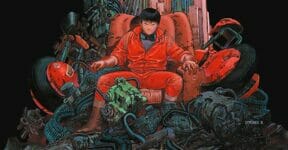In the realm where science fiction and fantasy converge, an electrifying subculture has emerged – Sci-Fi Fantasy Skate. This thrilling fusion of futuristic technology and fantastical worlds has given birth to a unique and captivating sub-genre that transcends traditional boundaries. As we embark on a cosmic odyssey through the origins and recent developments of Sci-Fi Fantasy Skate, we’ll explore the evolution of this genre, its imaginative worlds, and the latest trends shaping its vibrant landscape.
Origins
The roots of Sci-Fi Fantasy Skate can be traced back to the early days of skateboarding culture in the late 20th century. Initially, skateboarding was an urban phenomenon, a rebellious form of expression that emerged on the streets and empty swimming pools of California. However, as the genre evolved, so did the imagination of skaters and artists alike. The desire to break free from the constraints of reality gave rise to the fusion of sci-fi and fantasy elements with the already adrenaline-pumping sport of skateboarding.
One of the key milestones in the genre’s evolution was the iconic graphic art that adorned skateboard decks. Artists began incorporating futuristic and otherworldly themes, depicting skateboarders navigating through cosmic landscapes, riding on intergalactic waves, and grinding on celestial structures. These visually stunning graphics not only reflected the rebellious spirit of skateboarding but also planted the seeds for a new genre that would eventually become Sci-Fi Fantasy Skate.
World-Building
As Sci-Fi Fantasy Skate gained momentum, a rich tapestry of imaginative worlds unfolded. Skateboarding ceased to be confined to the mundane physical realm and took flight into fantastical landscapes filled with floating platforms, gravity-defying ramps, and surreal obstacles. Skaters in these realms wielded not only their boards but also advanced technological enhancements, blurring the lines between sport and science fiction.
Imagine a world where skate parks are suspended in mid-air, held together by anti-gravity technology. Skaters don futuristic exoskeletons that enhance their abilities, allowing them to execute mind-bending tricks and maneuvers that defy the laws of physics. The landscapes are a dazzling mix of neon-lit cityscapes, alien planets, and ancient mystical realms – a testament to the boundless creativity unleashed by the fusion of sci-fi and fantasy elements.
Recent Developments
In recent years, Sci-Fi Fantasy Skate has experienced a surge in popularity, fueled by advancements in technology and a growing appetite for immersive storytelling. The gaming industry, in particular, has embraced this genre, giving rise to virtual reality (VR) skateboarding experiences that transport players to breathtaking otherworldly environments.
Virtual reality skateboarding games now offer players the chance to explore and master fantastical skate parks set in outer space, ancient ruins, and futuristic metropolises. Incorporating VR technology has elevated the genre, providing an unprecedented level of immersion and realism. Players can feel the rush of wind as they navigate vertigo-inducing ramps, and the sense of accomplishment when executing a flawless trick is as palpable as ever.
The rise of Sci-Fi Fantasy Skate has transcended the digital realm and made its mark in other forms of media. Graphic novels, animated series, and even feature films have embraced the genre, bringing these imaginative worlds to a broader audience. The storytelling possibilities are limitless, allowing creators to explore themes of adventure, self-discovery, and the limitless potential of the human spirit.
The intersection of technology and creativity has also given birth to real-world innovations within the sport of skateboarding. Futuristic skateboard designs featuring embedded technology, such as augmented reality (AR) overlays and sensor-equipped decks, have taken center stage. These innovations not only enhance the performance of skaters but also blur the boundaries between the virtual and physical realms, echoing the spirit of Sci-Fi Fantasy Skate.
As we reflect on the cosmic odyssey of Sci-Fi Fantasy Skate, this genre has grown from a niche subculture into an influential movement that transcends traditional boundaries. From its rebellious origins in the streets of California to the immersive virtual worlds of today, Sci-Fi Fantasy Skate has captivated the imagination of skaters, artists, and enthusiasts alike.
The genre’s ability to blend the thrills of skateboarding with the limitless possibilities of science fiction and fantasy has sparked a renaissance in creativity. Whether experienced through virtual reality, graphic novels, or cutting-edge skateboard designs, Sci-Fi Fantasy Skate continues to push the boundaries of what is possible, inviting us all to take a ride on the cosmic side of the skateboarding universe.
What about you? Have you heard of Sci-Fi Fantasy Skate? We’d love to hear from you.
Other things you might want to know:
What inspired the fusion of sci-fi and fantasy with skateboarding culture in the late 20th century?
The fusion of sci-fi and fantasy with skateboarding culture was inspired by the desire to break free from the constraints of reality. Skateboarders and artists began incorporating futuristic and otherworldly themes into the graphic art on skateboard decks, giving rise to the genre of Sci-Fi Fantasy Skate.
How has virtual reality technology influenced the recent developments in Sci-Fi Fantasy Skate?
Virtual reality technology has played a significant role in recent developments by offering immersive skateboarding experiences in fantastical environments. VR skateboarding games transport players to otherworldly landscapes, providing a heightened sense of realism and allowing them to execute gravity-defying tricks.
Besides virtual reality games, in what other forms of media has Sci-Fi Fantasy Skate made an impact in recent years?
Sci-Fi Fantasy Skate has made an impact in various forms of media, including graphic novels, animated series, and feature films. These platforms allow creators to explore imaginative worlds and storytelling beyond the confines of traditional skateboarding culture, reaching a broader audience.
Check out other articles by month:







